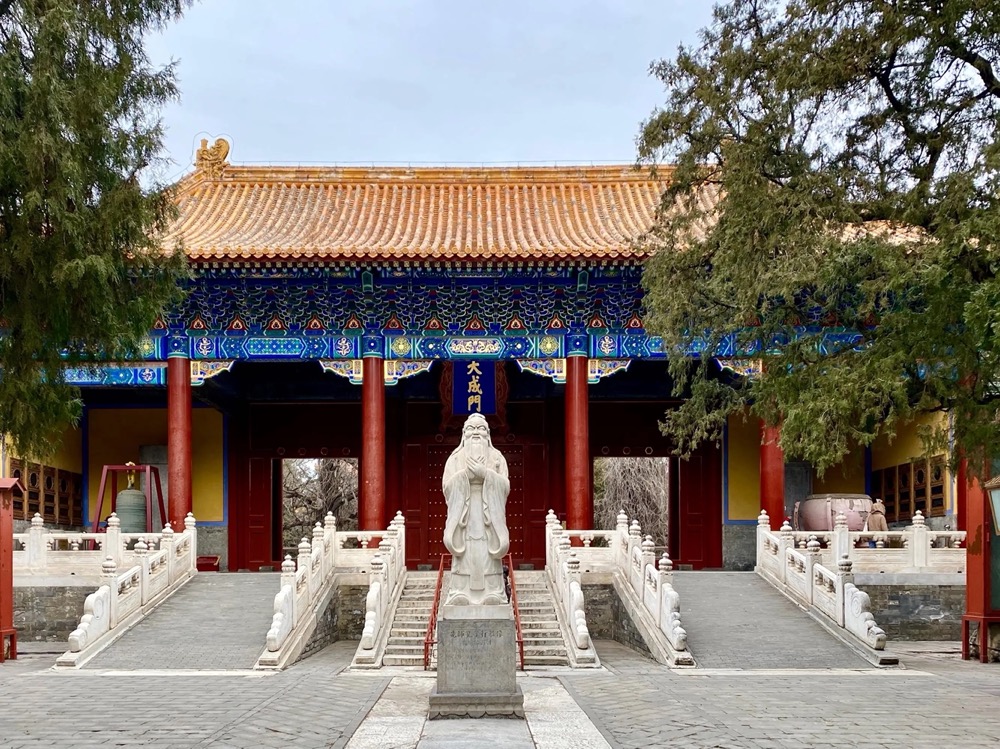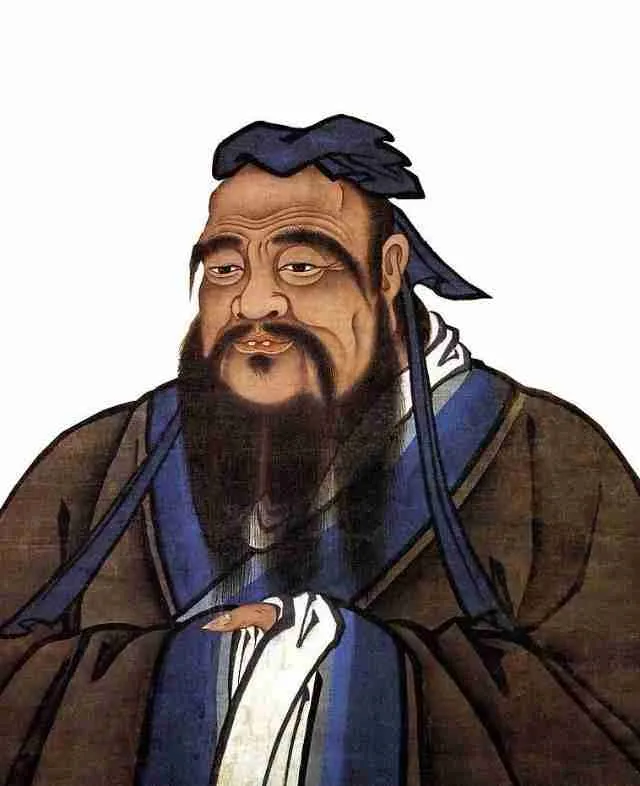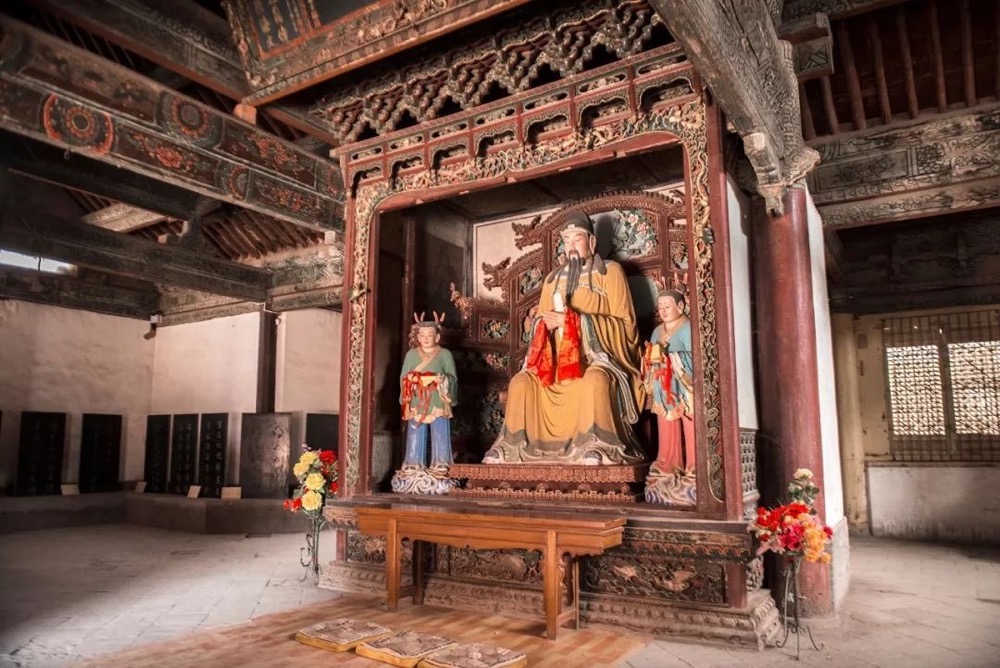The temple of Confucius is the largest and most popular temple of Confucius in the Eastern Asian Region. It was built in 478 BC. Two years after Confucius’s death, the Duke of Lu ordered the consecration of the building where Confucius lived. It is on this site that the temple stands. Confucians worship and make sacrifices for Confucius at the temple. Read on to learn more about the temple of Confucius!
What are Confucian temples called?

The Confucian temples are called Kong Miao in Chinese. They are popular for their large area, artistic value, and rich relic cultural collection. The Confucian temple in Qufu, Shandong Province, which consists of the Kong Miao (Temple of Confucius), the Kong Fu (Confucian Family Mansion), and the Kong Lin (Cemetery of Confucius), is said to be one of the holy locations in the world. You should also visit the Confucius Temples in Beijing, Shanghai, and Nanjing.
What are Confucian temples used for?

The Confucian temples are used to venerate Confucius and philosophers and sages of Confucianism in the Chinese Popular Region and other Taoist religions. Sacrifices are offered to Confucius’s spirit in the temples, and the Eight-Row Dance is performed; eight columns of eight dancers each dance. Initially, it was a Six-Row Dance, mostly performed for the lesser aristocracy. However, in 1477 after wide consultation, Confucius was posthumously given the title of King and was granted the imperial honor of the Eight-Row Dance.
Apart from being used as places for the worship of Confucius, the Confucian temples also act as places where the Twelve Philosophers, Four Correlates, and other Confucian scholars and disciples are remembered and honored. The number of influential figures worshipped at these temples has grown and changed over time. Since the temples align themselves with Confucian Orthodoxy, an issue exists on which Confucians should be enshrined.
By the 20th century, there were about 162 influential Confucian figures worshipped. The 4 Correlates are Kong Ji, Zeng Shen, Mencius, and Yan Hui. The Twelve Philosophers Ran Geng, Min Sun, Ran Yong, Zi-gong, Zai Yu, Ran You, Zi-You, Zi-Lu, Zi-Xia, You Ruo, Zi-Zhang, and Zhu Xi.
Where is Confucianism Worshipped?
Apart from Mainland China, over time, Confucianism spread to other areas in the Eastern Asian Region. Confucianism is worshipped in Hong Kong, Taiwan, Vietnam, Korea, Japan, Indonesia, and Malaysia; Confucian Temples are in China, Taiwan, Japan, South Korea, Vietnam, and Indonesia. Some were even put up in the Americas and Europe. At their height, it is estimated that there were more than three thousand Confucian temples.
When was the temple of Confucius Built?

The Temple of Confucius Qufu, considered the home of Confucianism, was built on the site where Confucius’s house stood. Two years after his death, the Duke of Lu ordered that Confucius’s house be consecrated as a temple in 478 BC. Vandalism and fire destroyed the temple in 1214 during the reign of the Jin Dynasty. The temple was restored to its former glory in 1302 during Yuan Dynasty.
In 1331 the temple was enclosed with a wall. After another fire incident in 1499, it was restored to its current scale. In 1724 the main hall and its sculptures were destroyed by yet another fire. The restoration of the hall was completed in 1730. During the 1966 Cultural Revolution, many sculptures that had been made to replace those destroyed by fires were destroyed. Overall, the temple has undergone thirty-one large repairs and fifteen major renovations.
why is the temple of Confucius same as ancient Chinese palace?
In the sixteenth year of Duke Ai of Lu (479 BC), one year after the death of Confucius, his disciples built a temple with three rooms at his former residence to preserve and worship his relics, including his clothes, hat, musical instruments, carriage, and books. This modest temple was the embryonic form of the Confucian Temple in Qufu.
Today, it is widely believed that the architecture of the Confucian Temple in Qufu imitates the specifications of an imperial palace. How did this come about? As the status of Confucius gradually elevated in traditional society, successive emperors attached increasing importance to him, and the reverence of scholars towards him grew stronger. Consequently, the Confucian Temple underwent numerous renovations and expansions, continuously increasing in scale. Over the course of 2,500 years, the Confucian Temple has undergone major renovations 15 times, medium-scale renovations 31 times, and hundreds of minor renovations. It has also been continually expanded, finally reaching the grand scale of the present nine-courtyard layout.
During the Northern Song dynasty, the Confucian Temple in Qufu expanded to its current scale, adopting a layout similar to that of an imperial palace. The Confucian Temple we see today is the result of reconstructions during the reigns of Emperor Yongzheng and Emperor Qianlong in the Qing dynasty. The temple has a long and narrow rectangular shape, symmetrical along the central axis, and its layout completely imitates the regulations of an imperial palace. It covers an area of approximately 95,000 square meters and consists of nine courtyards with a total of 466 buildings.
Similar to royal palaces, the Confucian Temple is adorned with gateways and corner towers. Red walls line the pathways within the temple, and the main hall is covered with yellow glazed tiles, exhibiting the same level of grandeur as the imperial standard. The centerpiece of the Confucian Temple is the Dacheng Hall, a nine-bay wide and five-bay deep hall, featuring a double-eave roof with nine ridges and yellow glazed tiles, representing the highest architectural standard of ancient buildings.
Surrounding the hall are covered corridors, with ten massive stone columns supporting the front eaves. These columns measure 5.98 meters in height and 0.81 meters in diameter, and are exquisitely carved with various forms of intertwining dragons, totaling twenty in number. The two side corridors of the Dacheng Hall and the rear corridor feature 18 stone columns each, carved with nine dragons playing with pearls on each of the eight sides of the octagonal-shaped columns. In total, there are 1,296 distinctively carved dragons, displaying exquisite craftsmanship and lifelike details. From its scale to its intricate details, the Confucian Temple can be said to fully adhere to the specifications of an imperial palace, making it comparable to such esteemed structures.
However, despite Confucius’ elevated status in traditional society, he was not an emperor. So, why does the temple dedicated to him enjoy the specifications of an imperial palace? In ancient times, rulers and scholars believed that although Confucius did not hold a royal position, he possessed the wisdom of a king. Particularly, his compilation of the “Spring and Autumn Annals” served as a “legislative code” for rulers, establishing moral standards to uphold the dynasty’s governance. Due to these remarkable contributions, he was called the “Sage King.” Emperor Xuanzong of the Tang dynasty titled him “King Wenxuan,” and Emperor Zhenzong of the Song dynasty further honored him as the “Most Holy King Wenxuan,” conducting sacrificial rituals with royal protocols. From the Song dynasty onward, the construction of the Confucian Temple, which established the current scale, followed the style of an imperial palace, and thus, it is not surprising.
Why is the temple of Confucius Important?
The temple of Confucius is important because it is the home of Confucianism. It was built in remembrance and honor of Confucius, who is regarded as the master of oriental philosophy. He was a Chinese social philosopher and thinker whose philosophy and teachings have greatly influenced Chinese, Japanese, Vietnamese and Korean thought and life.
Conclusion
The temple of Confucius is one of the most popular and important Confucian temples in China because it is the home of Confucianism. It was built on the site where Confucius’s house stood. Confucius is honored for his great influence on the Chinese, Japanese, Vietnamese, and Korean people’s way of life and worldview. Currently, it is considered one of the holiest places in the world.